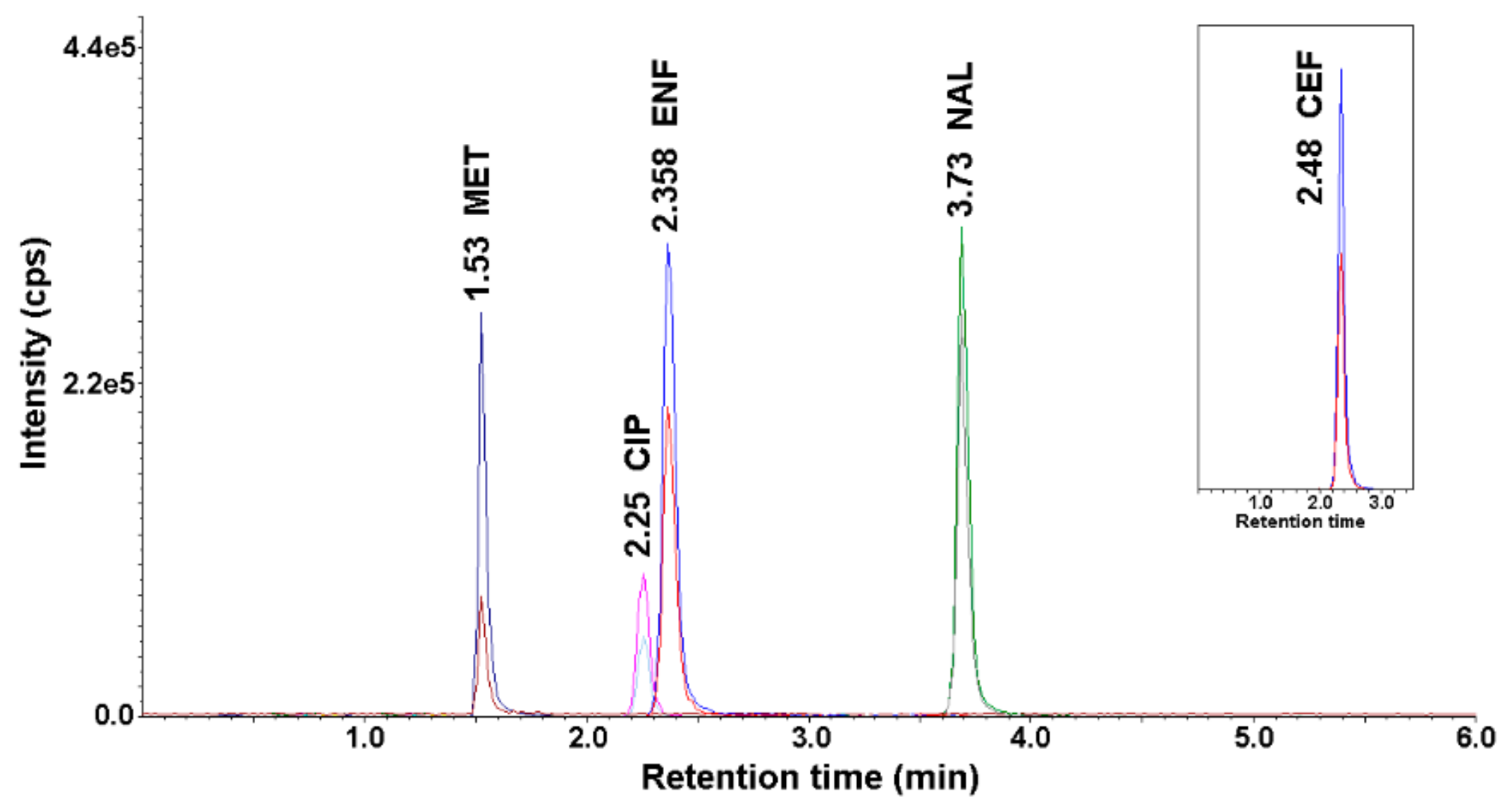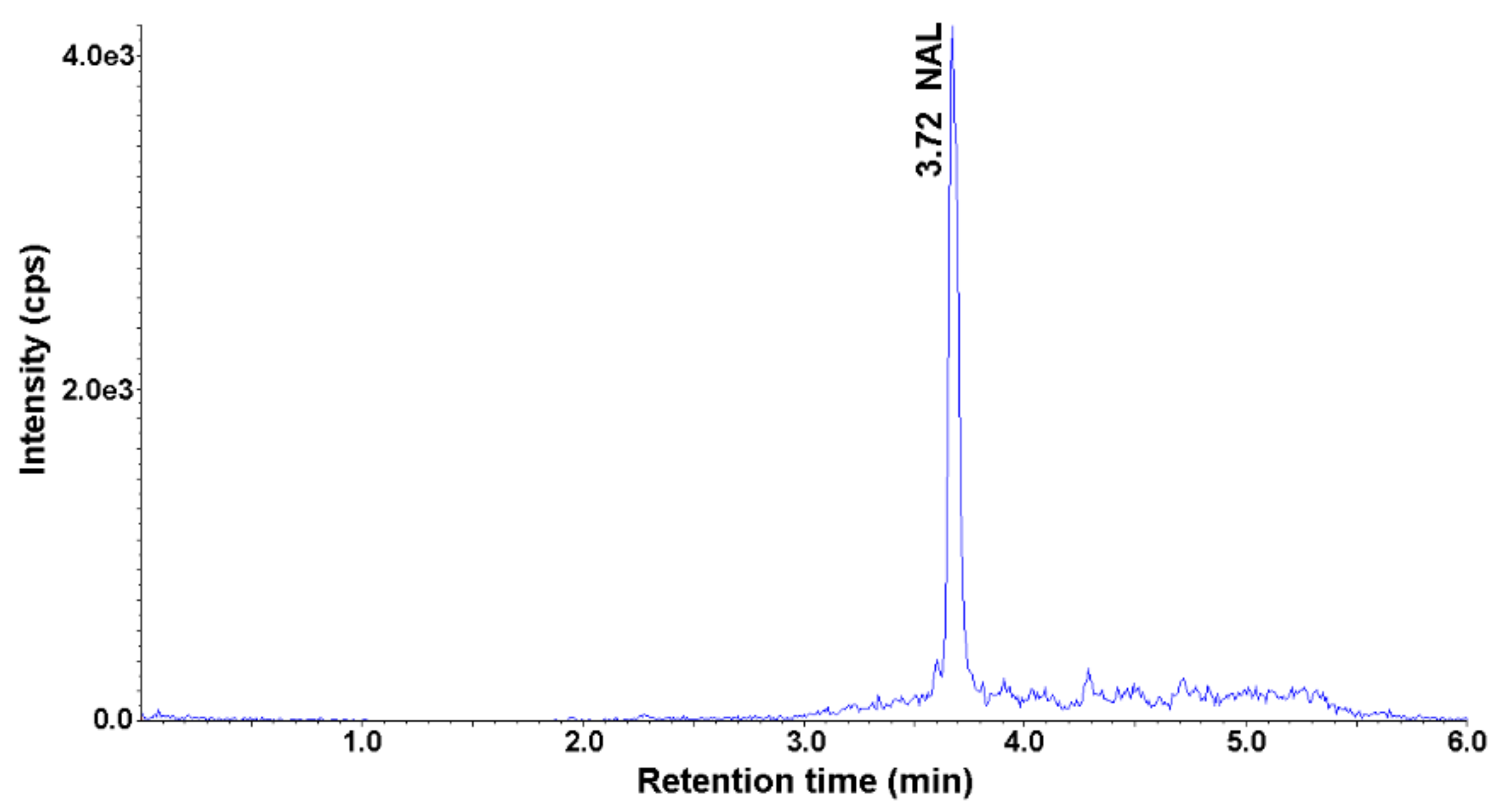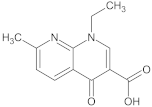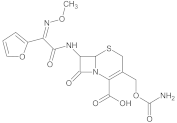Optimization of a Method for Extraction and Determination of Residues of Selected Antimicrobials in Soil and Plant Samples Using HPLC-UV-MS/MS
Abstract
1. Introduction
2. Materials and Methods
2.1. Standard, Chemicals and Materials
2.2. Preparation of Standard Solution
2.3. Sample Preparation
2.4. Instrumental and Analytical Conditions
2.5. Method Validation
2.6. Determination of the Selected Antimicrobials in Environmental Samples
3. Results and Discussion
3.1. Development of the Chromatography Conditions
3.2. Development of the Extraction Procedure
3.3. Method Validation
3.4. Determination of Selected Antimicrobials in Environmental Samples
4. Conclusions
Author Contributions
Funding
Institutional Review Board Statement
Informed Consent Statement
Conflicts of Interest
References
- Sören, T.-B. Pharmaceutical antibiotic compounds in soils—A review. J. Plant Nutr. Soil Sci. 2003, 166, 145–167. [Google Scholar]
- Danner, M.C.; Robertson, A.; Behrends, V.; Reiss, J. Antibiotic pollution in surface fresh waters: Occurrence and effects. Sci. Total Environ. 2019, 664, 793–804. [Google Scholar] [CrossRef] [PubMed]
- Felis, E.; Kalka, J.; Sochacki, A.; Kowalska, K.; Bajkacz, S.; Harnisz, M.; Korzeniewska, E. Antimicrobial pharmaceuticals in the aquatic environment—Occurrence and environmental implications. Eur. J. Pharmacol. 2020, 866, 172813. [Google Scholar] [CrossRef] [PubMed]
- Oberoi, A.S.; Jia, Y.; Zhang, H.; Khanal, S.K.; Lu, H. Insights into the Fate and Removal of Antibiotics in Engineered Biological Treatment Systems: A Critical Review. Environ. Sci. Technol. 2019, 53, 7234–7264. [Google Scholar] [CrossRef]
- Tran, N.H.; Reinhard, M.; Gin, K.Y.H. Occurrence and fate of emerging contaminants in municipal wastewater treatment plants from different geographical regions-a review. Water Res. 2018, 133, 182–207. [Google Scholar] [CrossRef]
- World Health Organization. WHO Report on Surveillance of Antibiotic Consumption; WHO: Geneva, Switzerland, 2018. [Google Scholar]
- Zając, B.; Rząca, M.; Charzyńska-gula, M.; Krzos, A. Adherence of patients to antibiotic therapy—Based on the example of a selected group of adolescents and adults. Med. Ogólna Nauk. Zdrowiu 2014, 20, 1–5. [Google Scholar]
- Zablotni, A.; Jaworski, A. Źródla Antybiotyków W ŚRodowiskach Naturalnych I Ich Rola Biologiczna. Postepy Hig. Med. Dosw. 2014, 68, 1040–1049. [Google Scholar] [CrossRef]
- Wang, M.; Helbling, D.E. A non-target approach to identify disinfection byproducts of structurally similar sulfonamide antibiotics. Water Res. 2016, 102, 241–251. [Google Scholar] [CrossRef]
- Carvalho, I.T.; Santos, L. Antibiotics in the aquatic environments: A review of the European scenario. Environ. Int. 2016, 94, 736–757. [Google Scholar] [CrossRef]
- Rodriguez-Mozaz, S.; Vaz-Moreira, I.; Varela Della Giustina, S.; Llorca, M.; Barceló, D.; Schubert, S.; Berendonk, T.U.; Michael-Kordatou, I.; Fatta-Kassinos, D.; Martinez, J.L.; et al. Antibiotic residues in final effluents of European wastewater treatment plants and their impact on the aquatic environment. Environ. Int. 2020, 140, 105733. [Google Scholar] [CrossRef]
- Balakrishna, K.; Rath, A.; Praveenkumarreddy, Y.; Guruge, K.S.; Subedi, B. A review of the occurrence of pharmaceuticals and personal care products in Indian water bodies. Ecotoxicol. Environ. Saf. 2017, 137, 113–120. [Google Scholar] [CrossRef] [PubMed]
- Mutiyar, P.K.; Mittal, A.K. Occurrences and fate of selected human antibiotics in influents and effluents of sewage treatment plant and effluent-receiving river Yamuna in Delhi (India). Environ. Monit. Assess. 2014, 186, 541–557. [Google Scholar] [CrossRef] [PubMed]
- Hou, J.; Wan, W.; Mao, D.; Wang, C.; Mu, Q.; Qin, S.; Luo, Y. Occurrence and distribution of sulfonamides, tetracyclines, quinolones, macrolides, and nitrofurans in livestock manure and amended soils of Northern China. Environ. Sci. Pollut. Res. 2015, 22, 4545–4554. [Google Scholar] [CrossRef] [PubMed]
- Martínez-Carballo, E.; González-Barreiro, C.; Scharf, S.; Gans, O. Environmental monitoring study of selected veterinary antibiotics in animal manure and soils in Austria. Environ. Pollut. 2007, 148, 570–579. [Google Scholar] [CrossRef]
- Gros, M.; Mas-Pla, J.; Boy-Roura, M.; Geli, I.; Domingo, F.; Petrović, M. Veterinary pharmaceuticals and antibiotics in manure and slurry and their fate in amended agricultural soils: Findings from an experimental field site (Baix Empordà, NE Catalonia). Sci. Total Environ. 2019, 654, 1337–1349. [Google Scholar] [CrossRef]
- Huang, Y.; Cheng, M.; Li, W.; Wu, L.; Chen, Y.; Luo, Y.; Christie, P.; Zhang, H. Simultaneous extraction of four classes of antibiotics in soil, manure and sewage sludge and analysis by liquid chromatography-tandem mass spectrometry with the isotope-labelled internal standard method. Anal. Methods 2013, 5, 3721–3731. [Google Scholar] [CrossRef]
- Jansen, L.J.M.; van de Schans, M.G.M.; de Boer, D.; Bongers, I.E.A.; Schmitt, H.; Hoeksma, P.; Berendsen, B.J.A. A new extraction procedure to abate the burden of non-extractable antibiotic residues in manure. Chemosphere 2019, 224, 544–553. [Google Scholar] [CrossRef]
- Zhang, M.; He, L.Y.; Liu, Y.S.; Zhao, J.L.; Liu, W.R.; Zhang, J.N.; Chen, J.; He, L.K.; Zhang, Q.Q.; Ying, G.G. Fate of veterinary antibiotics during animal manure composting. Sci. Total Environ. 2019, 650, 1363–1370. [Google Scholar] [CrossRef]
- Boxall, A.B.A.; Johnson, P.; Smith, E.J.; Sinclair, C.J.; Stutt, E.; Levy, L.S. Uptake of veterinary medicines from soils into plants. J. Agric. Food Chem. 2006, 54, 2288–2297. [Google Scholar] [CrossRef]
- Bajkacz, S.; Felis, E.; Kycia-Słocka, E.; Harnisz, M.; Korzeniewska, E. Development of a new SLE-SPE-HPLC-MS/MS method for the determination of selected antibiotics and their transformation products in anthropogenically altered solid environmental matrices. Sci. Total Environ. 2020, 726, 138071. [Google Scholar] [CrossRef]
- Voigt, A.M.; Ciorba, P.; Döhla, M.; Exner, M.; Felder, C.; Lenz-Plet, F.; Sib, E.; Skutlarek, D.; Schmithausen, R.M.; Faerber, H.A. The investigation of antibiotic residues, antibiotic resistance genes and antibiotic-resistant organisms in a drinking water reservoir system in Germany. Int. J. Hyg. Environ. Health 2020, 224. [Google Scholar] [CrossRef] [PubMed]
- Migliore, L.; Cozzolino, S.; Fiori, M. Phytotoxicity to and uptake of enrofloxacin in crop plants. Chemosphere 2003, 52, 1233–1244. [Google Scholar] [CrossRef]
- Adomas, B.; Antczak-Marecka, J.; Nałecz-Jawecki, G.; Piotrowicz-Cieślak, A.I. Phytotoxicity of enrofloxacin soil pollutant to narrow-leaved lupin plant. Polish J. Environ. Stud. 2013, 22, 71–76. [Google Scholar]
- Eggen, T.; Asp, T.N.; Grave, K.; Hormazabal, V. Uptake and translocation of metformin, ciprofloxacin and narasin in forage- and crop plants. Chemosphere 2011, 85, 26–33. [Google Scholar] [CrossRef] [PubMed]
- Azanu, D.; Styrishave, B.; Darko, G.; Weisser, J.J.; Abaidoo, R.C. Occurrence and risk assessment of antibiotics in water and lettuce in Ghana. Sci. Total Environ. 2018, 622–623, 293–305. [Google Scholar] [CrossRef]
- Chung, H.S.; Lee, Y.J.; Rahman, M.M.; Abd El-Aty, A.M.; Lee, H.S.; Kabir, M.H.; Kim, S.W.; Park, B.J.; Kim, J.E.; Hacımüftüoğlu, F.; et al. Uptake of the veterinary antibiotics chlortetracycline, enrofloxacin, and sulphathiazole from soil by radish. Sci. Total Environ. 2017, 605–606, 322–331. [Google Scholar] [CrossRef]
- Pan, M.; Wong, C.K.C.; Chu, L.M. Distribution of antibiotics in wastewater-irrigated soils and their accumulation in vegetable crops in the Pearl River Delta, Southern China. J. Agric. Food Chem. 2014, 62, 11062–11069. [Google Scholar] [CrossRef]
- Malchi, T.; Maor, Y.; Tadmor, G.; Shenker, M.; Chefetz, B. Irrigation of root vegetables with treated wastewater: Evaluating uptake of pharmaceuticals and the associated human health risks. Environ. Sci. Technol. 2014, 48, 9325–9333. [Google Scholar] [CrossRef]
- Herklotz, P.A.; Gurung, P.; Vanden Heuvel, B.; Kinney, C.A. Uptake of human pharmaceuticals by plants grown under hydroponic conditions. Chemosphere 2010, 78, 1416–1421. [Google Scholar] [CrossRef]
- Patyra, E.; Kowalczyk, E.; Grelik, A.; Przeniosło-Siwczyńska, M.; Kwiatek, K. Screening method for the determination of tetracyclines and fluoroquinolones in animal drinking water by liquid chromatography with diode array detector. Pol. J. Vet. Sci. 2015, 18, 283–289. [Google Scholar] [CrossRef]
- Ho, Y.B.; Zakaria, M.P.; Latif, P.A.; Saari, N. Simultaneous determination of veterinary antibiotics and hormone in broiler manure, soil and manure compost by liquid chromatography-tandem mass spectrometry. J. Chromatogr. A 2012, 1262, 160–168. [Google Scholar] [CrossRef] [PubMed]
- Bian, K.; Liu, Y.H.; Wang, Z.N.; Zhou, T.; Song, X.Q.; Zhang, F.Y.; He, L.M. Determination of multi-class antimicrobial residues in soil by liquid chromatography-tandem mass spectrometry. RSC Adv. 2015, 5, 27584–27593. [Google Scholar] [CrossRef]
- Yang, J.F.; Ying, G.G.; Zhao, J.L.; Tao, R.; Su, H.C.; Chen, F. Simultaneous determination of four classes of antibiotics in sediments of the Pearl Rivers using RRLC-MS/MS. Sci. Total Environ. 2010, 408, 3424–3432. [Google Scholar] [CrossRef] [PubMed]
- Kipper, K.; Lillenberg, M.; Herodes, K.; Nei, L.; Haiba, E. Simultaneous Determination of Fluoroquinolones and Sulfonamides Originating from Sewage Sludge Compost. Sci. World J. 2017, 2017, 20–26. [Google Scholar] [CrossRef] [PubMed]
- Patrolecco, L.; Rauseo, J.; Ademollo, N.; Grenni, P.; Cardoni, M.; Levantesi, C.; Luprano, M.L.; Caracciolo, A.B. Persistence of the antibiotic sulfamethoxazole in river water alone or in the co-presence of ciprofloxacin. Sci. Total Environ. 2018, 640–641, 1438–1446. [Google Scholar] [CrossRef]
- Turiel, E.; Bordin, G.; Rodríguez, A.R. Study of the evolution and degradation products of ciprofloxacin and oxolinic acid in river water samples by HPLC-UV/MS/MS-MS. J. Environ. Monit. 2005, 7, 189–195. [Google Scholar] [CrossRef]
- Stigliani, M.; Haghi, M.; Russo, P.; Young, P.M.; Traini, D. Antibiotic transport across bronchial epithelial cells: Effects of molecular weight, LogP and apparent permeability. Eur. J. Pharm. Sci. 2016, 83, 45–51. [Google Scholar] [CrossRef]
- De Witte, B.; Dewulf, J.; Demeestere, K.; De Ruyck, M.; Van Langenhove, H. Critical points in the analysis of ciprofloxacin by high-performance liquid chromatography. J. Chromatogr. A 2007, 1140, 126–130. [Google Scholar] [CrossRef]
- Bard, B.; Martel, S.; Carrupt, P.A. High throughput UV method for the estimation of thermodynamic solubility and the determination of the solubility in biorelevant media. Eur. J. Pharm. Sci. 2008, 33, 230–240. [Google Scholar] [CrossRef]
- Skalaeva, M.; Kenseth, J.; Lombardo, F.; Bastin, A. Measurement of Dissociation Constants (pKa Values) of Organic Compounds by Multiplexed Capillary Electrophoresis Using Aqueous and Cosolvent Buffers. J. Pharmacol. Sci. 2007, 97, 2581–2606. [Google Scholar] [CrossRef]
- Dąbrowska, M.; Starek, M.; Komsta, Ł.; Szafrański, P.; Stasiewicz-Urban, A.; Opoka, W. Assessment of the chromatographic lipophilicity of eight cephalosporins on different stationary phases. Eur. J. Pharm. Sci. 2017, 101, 115–124. [Google Scholar] [CrossRef] [PubMed]
- Kasprzyk-Hordern, B.; Dinsdale, R.M.; Guwy, A.J. Multi-residue method for the determination of basic/neutral pharmaceuticals and illicit drugs in surface water by solid-phase extraction and ultra performance liquid chromatography-positive electrospray ionisation tandem mass spectrometry. J. Chromatogr. A 2007, 1161, 132–145. [Google Scholar] [CrossRef] [PubMed]
- Available online: https://www.eurachem.org/images/stories/Guides/pdf/MV_guide_2nd_ed_EN.pdf (accessed on 21 December 2020).
- Azanu, D.; Mortey, C.; Darko, G.; Weisser, J.J.; Styrishave, B.; Abaidoo, R.C. Uptake of antibiotics from irrigation water by plants. Chemosphere 2016, 157, 107–114. [Google Scholar] [CrossRef] [PubMed]
- Hu, X.; Zhou, Q.; Luo, Y. Occurrence and source analysis of typical veterinary antibiotics in manure, soil, vegetables and groundwater from organic vegetable bases, northern China. Environ. Pollut. 2010, 158, 2992–2998. [Google Scholar] [CrossRef]
- Ramires, T.; de Oliveira, M.G.; Kleinubing, N.R.; de Fátima Rauber Würfel, S.; Mata, M.M.; Iglesias, M.A.; Lopes, G.V.; Dellagostin, O.A.; da Silva, W.P. Genetic diversity, antimicrobial resistance, and virulence genes of thermophilic Campylobacter isolated from broiler production chain. Braz. J. Microbiol. 2020, 51, 2021–2032. [Google Scholar] [CrossRef]
- Perin, A.P.; Martins, B.T.F.; Barreiros, M.A.B.; Yamatogi, R.S.; Nero, L.A.; dos Santos Bersot, L. Occurrence, quantification, pulse types, and antimicrobial susceptibility of Salmonella sp. isolated from chicken meat in the state of Paraná, Brazil. Braz. J. Microbiol. 2020, 51, 335–345. [Google Scholar] [CrossRef]
- Tenhagen, B.-A.; Alt, K.; Käsbohrer, A.; Kollas, C.; Pfefferkorn, B.; Naumann, S.; Wiehle, L.; Thieck, M.; Stingl, K. Comparison of Antimicrobial Resistance of Thermophilic Campylobacter Isolates from Conventional and Organic Turkey Meat in Germany. Foodborne Pathog. Dis. 2020, XX, 1–8. [Google Scholar] [CrossRef]
- Ikkere, L.E.; Perkons, I.; Pugajeva, I.; Gruzauskas, R.; Bartkiene, E.; Bartkevics, V. Direct injection Fourier transform ion cyclotron resonance mass spectrometric method for high throughput quantification of quinolones in poultry. J. Pharm. Biomed. Anal. 2020, 188, 113389. [Google Scholar] [CrossRef]
- Pugajeva, I.; Ikkere, L.E.; Judjallo, E.; Bartkevics, V. Determination of residues and metabolites of more than 140 pharmacologically active substances in meat by liquid chromatography coupled to high resolution Orbitrap mass spectrometry. J. Pharm. Biomed. Anal. 2019, 166, 252–263. [Google Scholar] [CrossRef]
- Tamtam, F.; Le Bot, B.; Dinh, T.; Mompelat, S.; Eurin, J.; Chevreuil, M.; Bonté, P.; Mouchel, J.M.; Ayrault, S. A 50-year record of quinolone and sulphonamide antimicrobial agents in Seine River sediments. J. Soils Sediments 2011, 11, 852–859. [Google Scholar] [CrossRef]
- Frade, V.M.F.; Dias, M.; Teixeira, A.C.S.C.; Palma, M.S.A. Environmental contamination by fluoroquinolones. Braz. J. Pharm. Sci. 2014, 50, 41–54. [Google Scholar] [CrossRef]




| Analyte | Structure | Molar Mass (g mol−1) | pKa | logP | Ref. |
|---|---|---|---|---|---|
| CIP |  | 331.38 | 3.64 | 1.32 | [38,39] |
| ENF |  | 359.39 | 0.70 | 6.0 8.8 | [20] |
| NAL |  | 232.24 | 6.41 | 1.86 | [40] |
| CEF |  | 424.39 | 2.11 | −0.90 | [41,42] |
| MET |  | 171.16 | 0.02 | 2.40 | [43] |
| Time (min) | A (%) | B (%) | Flow Rate (mL min−1) |
|---|---|---|---|
| 0.0 | 5 | 95 | 0.8 |
| 1.0 | 25 | 75 | 0.8 |
| 3.5 | 45 | 55 | 0.5 |
| 5.0 | 50 | 50 | 0.8 |
| 6.0 | 10 | 90 | 0.8 |
| 6.1 | 5 | 95 | 0.8 |
| 8.0 | 5 | 95 | 0.8 |
| Analyte | RT (min) | Q1 | Q3 | Time (ms) | DP (V) | CE (V) | CPX (V) | EP (V) |
|---|---|---|---|---|---|---|---|---|
| MET | 1.53 | 172.1 | 128.1 82.1 | 50 | 76 | 21 33 | 8 6 | 7 |
| CIP | 2.25 | 332.0 | 288.0 314.0 | 50 | 86 | 25 29 | 8 8 | 7 |
| ENF | 2.35 | 360.8 | 316.2 245.2 | 50 | 101 | 29 27 | 8 10 | 7 |
| CEF | 2.48 | 423.0 | 207.0 318.1 | 250 | −45 | −20 −12 | −5 −9 | −10 |
| NAL | 3.73 | 233.0 | 215.2 187.2 | 50 | 56 | 21 35 | 12 14 | 7 |
| Analyte | Linear Range (ng g−1) | R2 a | LOD b (ng g−1) | LOQ c (ng g−1) | Concentration (ng g−1) | Intra-Day | Inter-Day | ME f (%) | Recovery ± SD (%) | ||
|---|---|---|---|---|---|---|---|---|---|---|---|
| CV (%) d | RE (%)e | CV (%) d | RE (%) e | ||||||||
| Soil samples/Parsley root | |||||||||||
| MET | 0.1–200 | 1 | 4.17 | −5.78 | 5.18 | −6.98 | 4.89 | 65.8 ± 4.74 | |||
| 0.9924 | 0.03 | 0.1 | 80 | 3.45 | −4.13 | 3.97 | −5.72 | 3.71 | 67.3 ± 5.17 | ||
| 160 | 2.15 | −2.47 | 3.58 | −3.56 | 3.12 | 67.9 ± 3.63 | |||||
| CIP | 0.1–200 | 1 | 4.78 | −4.32 | 6.19 | −7.12 | 5.17 | 55.9 ± 3.56 | |||
| 0.9930 | 0.03 | 0.1 | 80 | 3.98 | −3.69 | 5.78 | −6.37 | 4.69 | 57.6 ± 2.87 | ||
| 160 | 3.01 | −1.78 | 4.13 | −2.53 | 2.43 | 60.8 ± 4.11 | |||||
| ENF | 0.1–200 | 1 | 5.85 | −5.47 | 7.47 | −7.17 | 2.15 | 81.4 ± 5.42 | |||
| 0.9963 | 0.03 | 0.1 | 80 | 5.41 | −3.82 | 6.93 | −5.42 | 1.96 | 84.6 ± 5.30 | ||
| 160 | 4.18 | −3.07 | 3.78 | −4.19 | 2.14 | 87.6 ± 5.03 | |||||
| CEF | 0.1–200 | 1 | 4.41 | 4.92 | 5.74 | 5.36 | 6.89 | 62.5 ± 4.78 | |||
| 0.9934 | 0.03 | 0.1 | 80 | 3.74 | 3.47 | 4.12 | 4.97 | 5.93 | 64.0 ± 3.17 | ||
| 160 | 1.97 | 2.15 | 4.08 | 3.78 | 5.05 | 63.7 ± 2.98 | |||||
| 0.1–200 | 1 | 5.25 | 6.18 | 6.24 | 7.59 | 5.14 | 90.8 ± 3.82 | ||||
| NAL | 0.9956 | 0.03 | 0.1 | 80 | 4.74 | 4.87 | 4.98 | 5.47 | 3.96 | 99.1 ± 2.29 | |
| 160 | 3.16 | 4.14 | 3.76 | 3.69 | 2.79 | 103 ± 1.58 | |||||
Publisher’s Note: MDPI stays neutral with regard to jurisdictional claims in published maps and institutional affiliations. |
© 2021 by the authors. Licensee MDPI, Basel, Switzerland. This article is an open access article distributed under the terms and conditions of the Creative Commons Attribution (CC BY) license (http://creativecommons.org/licenses/by/4.0/).
Share and Cite
Kokoszka, K.; Kobus, A.; Bajkacz, S. Optimization of a Method for Extraction and Determination of Residues of Selected Antimicrobials in Soil and Plant Samples Using HPLC-UV-MS/MS. Int. J. Environ. Res. Public Health 2021, 18, 1159. https://doi.org/10.3390/ijerph18031159
Kokoszka K, Kobus A, Bajkacz S. Optimization of a Method for Extraction and Determination of Residues of Selected Antimicrobials in Soil and Plant Samples Using HPLC-UV-MS/MS. International Journal of Environmental Research and Public Health. 2021; 18(3):1159. https://doi.org/10.3390/ijerph18031159
Chicago/Turabian StyleKokoszka, Klaudia, Agnieszka Kobus, and Sylwia Bajkacz. 2021. "Optimization of a Method for Extraction and Determination of Residues of Selected Antimicrobials in Soil and Plant Samples Using HPLC-UV-MS/MS" International Journal of Environmental Research and Public Health 18, no. 3: 1159. https://doi.org/10.3390/ijerph18031159
APA StyleKokoszka, K., Kobus, A., & Bajkacz, S. (2021). Optimization of a Method for Extraction and Determination of Residues of Selected Antimicrobials in Soil and Plant Samples Using HPLC-UV-MS/MS. International Journal of Environmental Research and Public Health, 18(3), 1159. https://doi.org/10.3390/ijerph18031159






